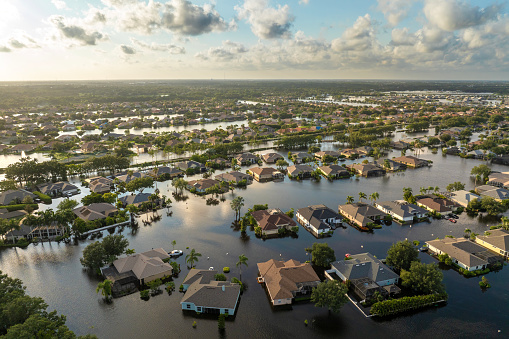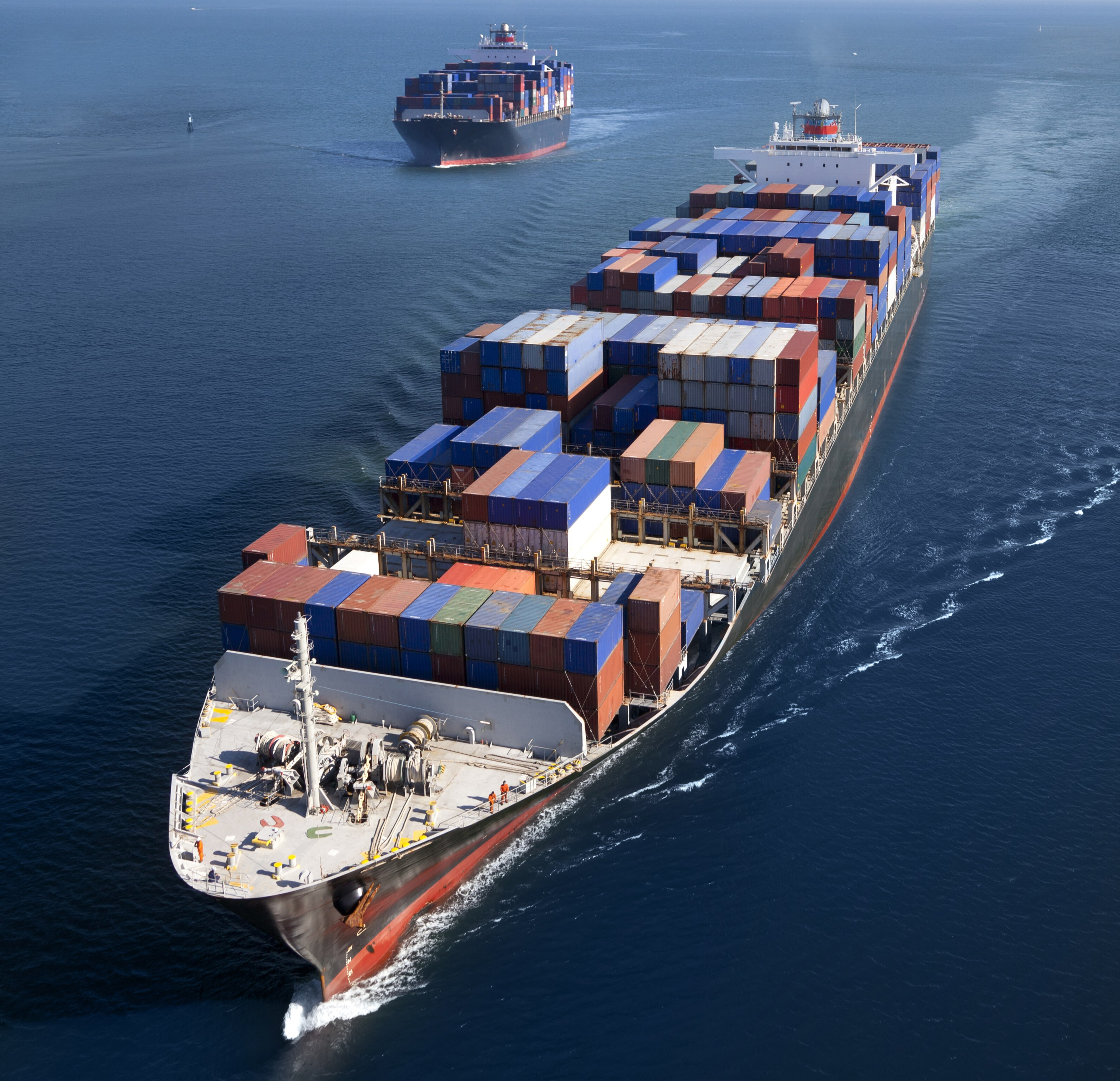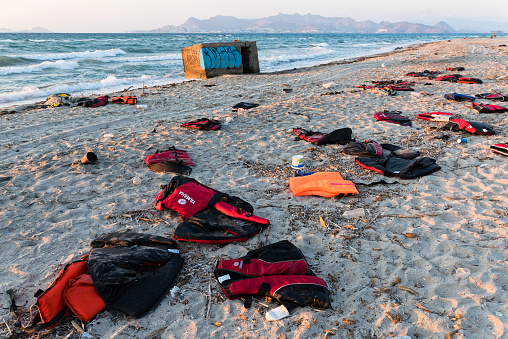The escalating costs of tropical storms and floods, along with rising fatalities among migrants, highlight the disproportionate burden borne by vulnerable populations and ecosystems. At the same time, the persistent threat of marine plastic pollution reveals the environmental injustices faced by both marine life and at-risk human communities, further deepening existing vulnerabilities.




